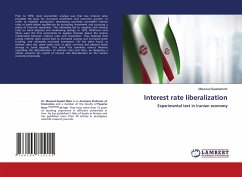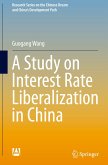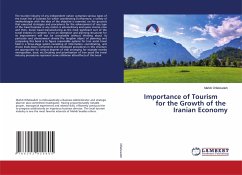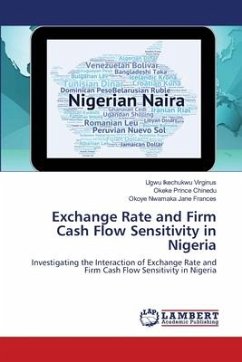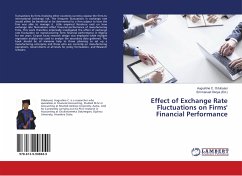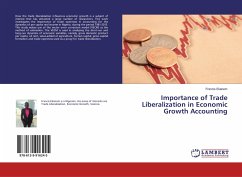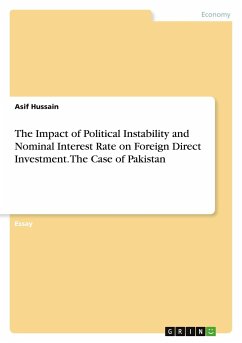Prior to 1970, most economists' analysis was that low interest rates provided the basis for increased investment and economic growth. In order to mobilize production, developing countries controlled interest rates at levels below equilibrium by increasing investment and pursuing a policy of financial repression. This ultimately led to negative real interest rates on bank deposits and weakening savings. In 1973, McKinnon and Shaw were the first economists to oppose theories about the inverse relationship between interest rates and investment. They believed that raising interest rates would lead to increased savings and increased bank funding, and ultimately increased investment. On the other hand, as interest rates rise, some assets such as gold, currency and physical assets change to bank deposits. This book first examines various theories regarding the determination of interest rates and then, by designing a model, presents the results of interest rate liberalization on the Iranian economy empirically.
Bitte wählen Sie Ihr Anliegen aus.
Rechnungen
Retourenschein anfordern
Bestellstatus
Storno

